When it comes to nappies, most parents want the best for their baby and the planet. But with so many options—traditional plastic nappies, plant-based ones, and bamboo nappies—it can be tricky to know which ones are actually biodegradable. Let’s break it down!
Traditional Plastic Nappies: The Landfill Lifers
Most disposable nappies are made with plastic-based materials that take up to 500 years to break down. Yep, that means every plastic nappy ever used is still sitting somewhere in a landfill. Plus, they contain chemicals and synthetic materials that don’t exactly scream “eco-friendly.”
The Environmental Impact
Plastic nappies contribute significantly to landfill waste, with billions disposed of every year. Since they contain materials like polyethylene and polypropylene, they don’t break down naturally. Instead, they degrade into microplastics that pollute the environment. Unfortunately, even with landfill management, plastic nappies can leak harmful chemicals into the soil and water systems, making them a major concern for sustainability.
Are They Safe for Babies?
Traditional nappies often contain fragrances, dyes, and chemicals that may cause skin irritation. Many parents report that plastic-based nappies can contribute to nappy rash, especially for babies with sensitive skin. While they’re designed to be highly absorbent, the lack of breathability in synthetic materials can trap moisture, which isn’t ideal for delicate newborn skin.
“Plant-Based” Nappies: Greenwashing or the Real Deal?
Some nappies claim to be plant-based, but here’s the catch: plant-based doesn’t always mean biodegradable. Many brands mix plant-based materials with plastic, which still ends up in landfills for centuries. While they may contain fewer harsh chemicals, they aren’t always the best for the planet.
What’s in a Plant-Based Nappy?
Plant-based nappies often use a mix of renewable materials like corn starch, sugarcane, and wood pulp. These materials reduce reliance on fossil-fuel-derived plastics, making them a step in the right direction. However, unless the entire nappy is biodegradable—including the absorbent core, waterproof layer, and fasteners—it will still contribute to landfill waste.
Are They Really Better for the Planet?
Some plant-based nappies break down faster than traditional plastic ones, but many still take decades to degrade. While they’re an improvement in terms of materials, they don’t always offer a fully compostable or biodegradable solution. It’s essential to check if a nappy brand is genuinely biodegradable, meaning it can break down in a commercial composting facility, and in ideal landfill conditions.
Bamboo Nappies: A Better Choice for Your Baby & the Planet 🌱
When it comes to eco-friendly nappies, bamboo nappies like Cuddlies Eco Nappies stand out as the superior choice. Here’s why:
✅ Made from sustainable bamboo – one of the fastest-growing, pesticide-free plants on Earth
✅ Ultra-absorbent & comfortable – bamboo is more absorbent than other natural fibers, keeping little ones dry and happy day and night
✅ Gentle on baby’s skin – hypoallergenic and naturally breathable, reducing the risk of nappy rash
✅ Bamboo Top & Back Sheet – Made from soft, breathable bamboo, Cuddlies nappies are 90% biodegradable under 100 days.
✅ Eco-Friendly Packaging – Recyclable & biodegradable inner and outer packaging, reducing plastic waste.
✅ Absorbent Core – Made with 100% plant-based, chlorine-free wood pulp, ensuring superior absorbency while being kind to the environment. Certified by the FSC® (Forest Stewardship Council®)—the world’s most trusted mark for sustainable forestry.
✅ Responsibly Made & Certified Safe – Independently tested and certified to meet the highest safety and quality standards, including STANDARD 100 by OEKO-TEX®, CE, BRC, and SGS.
Why Material Composition Matters
While bamboo-based nappies decompose much faster than other disposables, not all are created equal. Some still contain a higher percentage of synthetic components, which can slow down biodegradation. That’s why it’s important to choose brands like Cuddlies, which prioritise high biodegradability without compromising on performance.
By selecting Cuddlies Eco Nappies, you’re making a choice that’s better for your baby and the planet—because a truly eco-friendly nappy should not only be made from sustainable materials but also break down quickly after use. 🌍💚
The Eco-Friendly Benefits of Bamboo
Bamboo is one of the fastest-growing plants on Earth, making it an excellent renewable resource. Unlike trees, which can take decades to mature, bamboo grows back within months, requiring minimal water and no pesticides. This makes bamboo-based nappies a truly sustainable choice.
Better for Baby’s Skin
Cuddlies Bamboo nappies are naturally hypoallergenic and breathable, which means less risk of nappy rash. Unlike plastic nappies that trap moisture, bamboo fibers wick away excess liquid, keeping your baby’s skin drier for longer. This makes them especially great for newborn nappies (size 1) and babies prone to skin sensitivities.
Comparing the Choices: Which Nappy is Right for Your Baby?
So, What’s the Best Choice for Your Baby and the Planet?
If you’re looking for a gentle, eco-friendly nappy that’s better for your baby’s skin and the environment, bamboo nappies like Cuddlies are the way to go. Whether you need newborn nappies (size 1) or nappy pants (size 5), switching to biodegradable nappies means fewer harsh chemicals, superior comfort, and less waste in landfills.
Ready to reduce your carbon footprint while keeping your little one dry and happy? Try Cuddlies Bamboo Eco Nappies today and make a change that truly matters! 💚♻️


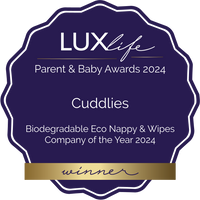

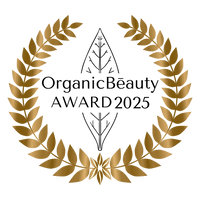


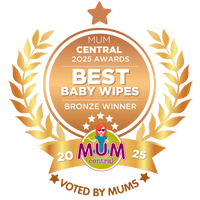




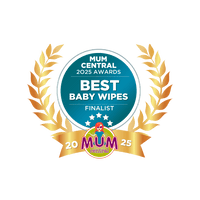


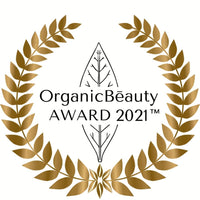
Leave a comment